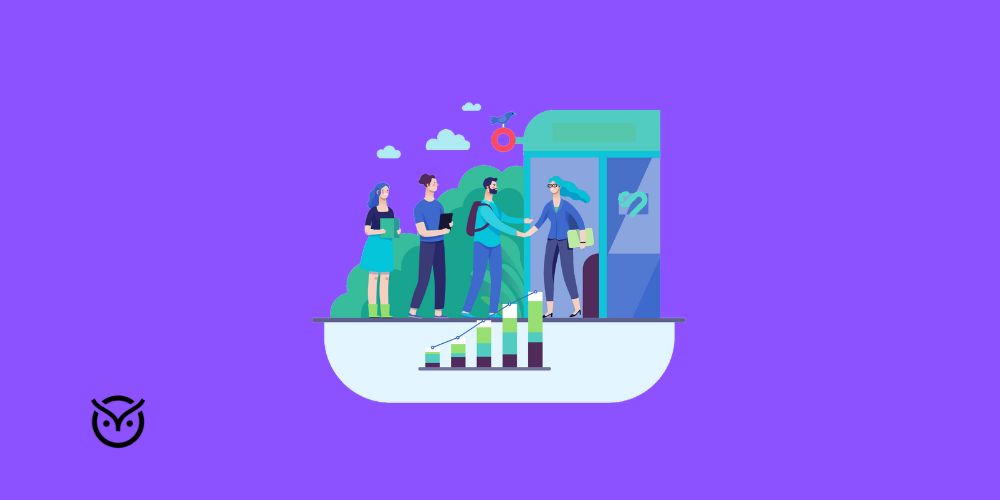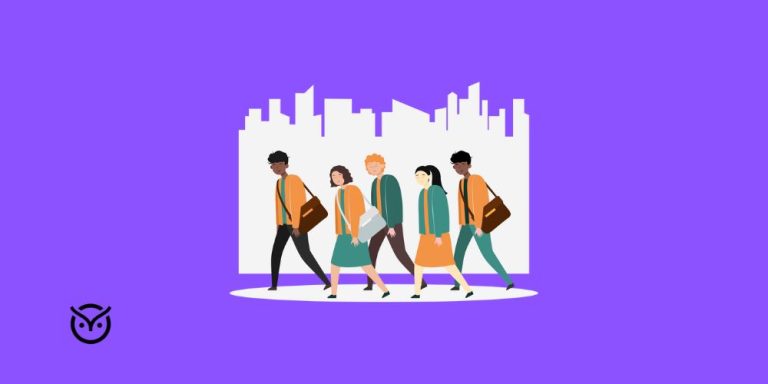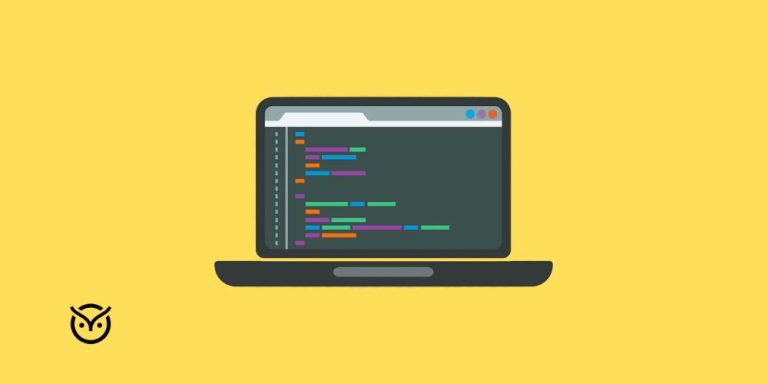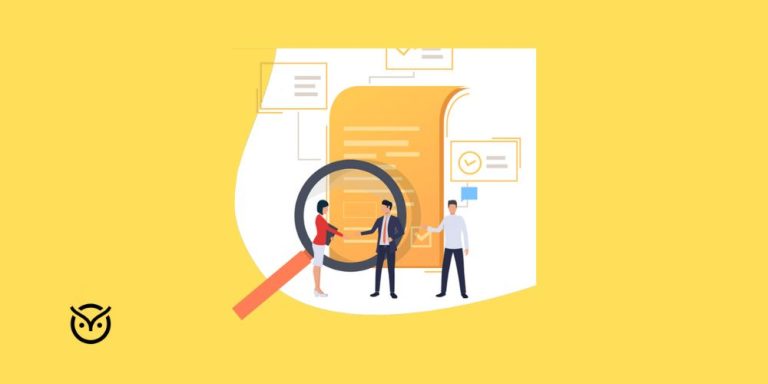Streamline Employee Orientation with AI Interviewing

TL;DR
- Streamlining employee orientation with AI helps new hires understand their role.
- AI tools explain what happens at an orientation through simple steps and clear videos.
- Early support helps onboarding employees new to the company feel comfortable.
- Feedback tools powered by AI help HR teams make orientation better over time.
- Talent assessment platforms guide skill planning for early training.
Many companies welcome new hires with long meetings, heavy paperwork, and confusing schedules. When people walk in on their first day and feel lost, they start questioning their choice. This happens when teams struggle to explain what happens at an orientation in a way that feels simple and helpful. It slows learning and increases stress.
The solution becomes easier when teams streamline employee orientation with AI Interviewing. With the right setup, new hires get clear steps, simple explanations, and early support before they even show up. This blog explains how to use AI to build a better orientation, so new employees start strong.
What Employee Orientation Really Means
Teams often ask what employee orientation is because the meaning changes from company to company. In simple words, it is the first big step after signing the offer. It introduces the new hire to the team, the workplace, and the basic rules they need before they begin real tasks. People also ask what is new employee orientation or what is new hire orientation. The meaning stays similar. It is a friendly welcome that helps people understand the place they will be working in.
During this time, companies explain the culture, tools, team values, and safety steps. When done well, orientation builds confidence and helps people feel like they belong.
A survey from the Brandon Hall Group found that strong onboarding programs increase retention by 82 percent.
This shows how important it is to Streamline Employee Orientation with AI Interviewing so new hires stay longer and feel supported.
New hires often want simple answers to questions like
• What is a new hire orientation
• What happens at an orientation
• What is employee orientation
A clear orientation removes confusion and builds trust.
The Components of a Great Orientation Program
A strong orientation covers a few main parts. These parts help people feel safe, clear, and ready.
1. A warm welcome
A simple greeting video or short message helps new hires feel relaxed. When people feel seen, they listen better.
2. Company story and mission
New hires want to know why the company exists and what goals matter most. A short explanation helps them understand the bigger picture.
3. Role clarity
This section explains the job in simple words. It shows how their work connects to the team. When employees understand their responsibilities early, they start faster.
4. Culture and values
Every workplace has its own style of communication. Explaining these early helps avoid confusion later.
5. Safety and rules
This includes basic rules about security, tools, behavior, and how to ask for help.
6. Early training plans
Some companies use talent assessment platforms to understand what skills the person already has. This makes early training easier because it starts at the right level.
Automating the Orientation Experience with AI
How AI Interviewing Helps Before Day One
AI interviewing tools can record short welcome messages, answer simple questions, and share useful steps. This helps new hires know what to expect. They understand the dress code, login details, and how to prep for the first day.
AI tools also support onboarding employees new to the workplace by giving them small tasks, such as:
• Watching a welcome video
• Completing early paperwork
• Filling a short skills survey
• Learning the company’s communication style.
This builds comfort before they step into the office. Some teams explore AI setup workflows similar to no-code hiring flows. This helps HR design smoother orientation steps without technical work.
Clear Scheduling with AI
Many new hires get confused when they do not know the schedule. AI tools send reminders and show simple timelines. This helps employees feel prepared.
A report from McKinsey noted that companies using automation in onboarding can reduce process time by up to 40 percent.
Stronger Engagement Through Personalization
When AI sees what the new hire needs help with, it gives more helpful suggestions. This keeps the person motivated. They learn small things first instead of being overwhelmed.
Post Orientation Feedback Powered by AI
Feedback helps teams get better every month. When companies streamline employee orientation with AI Interviewing, feedback becomes faster and clearer.
AI Surveys with Simple Questions
AI can send short questions like?
• Was today clear?
• Did you understand your tasks?
• Do you need help with tools?
• What was missing?
AI that Reads Patterns
AI tools can find repeated issues. For example, if three new hires say a training step was confusing, the AI highlights this for HR. This makes improvements easier.
AI Guided Learning Paths
After orientation, AI can suggest small learning steps. It might recommend videos or quick lessons. This helps new hires settle into the role smoothly.
Some learners prefer short skill-building steps that feel as simple as the approach used in phone interview guidance, which breaks tasks into small chunks. This style keeps training less stressful.
A study from Gartner shared that 70 percent of HR leaders expect AI tools to improve employee learning experiences.
Conclusion
Strong orientation builds confidence. When companies streamline employee orientation with AI Interviewing, the entire process becomes clearer, faster, and more friendly. New hires understand their tasks, meet the team easily, and learn the company rules without feeling lost. AI tools support early steps, guide training, and improve feedback. This helps teams create an experience that feels simple and respectful from day one. A better start builds stronger employees who stay longer and enjoy their work.
Topics like respectful communication during early steps also match well with ideas found in resources focused on communication etiquette. This mindset helps orientation stay consistent with the company’s tone.
FAQs
Q1. Is new employee orientation the same as onboarding?
No. Orientation is the first small step. Onboarding is the longer journey that covers training and growth.
Q2. Can AI interviewing be used before orientation?
Yes. AI interviewing can share instructions, answer questions, and help new hires get ready.
Q3. Do talent assessment platforms play a role in orientation?
Yes. They help HR understand skill levels, so early training becomes easier.
Q4. Is AI orientation secure and compliant?
Yes, as long as the company uses safe tools that protect data and follow legal rules.





